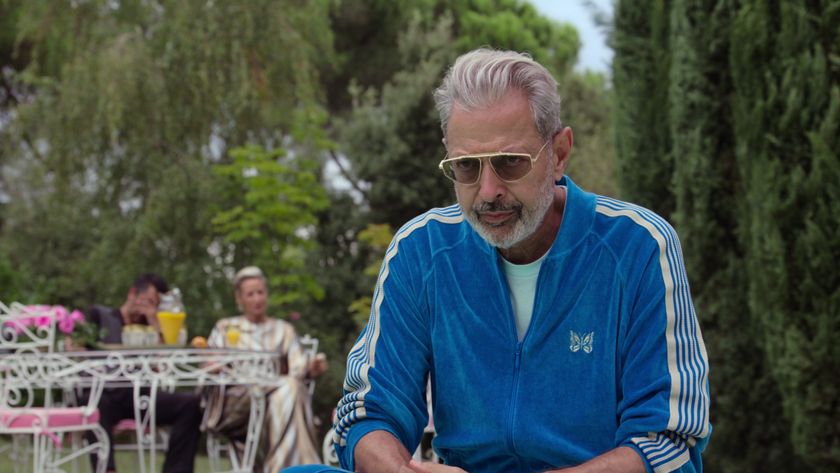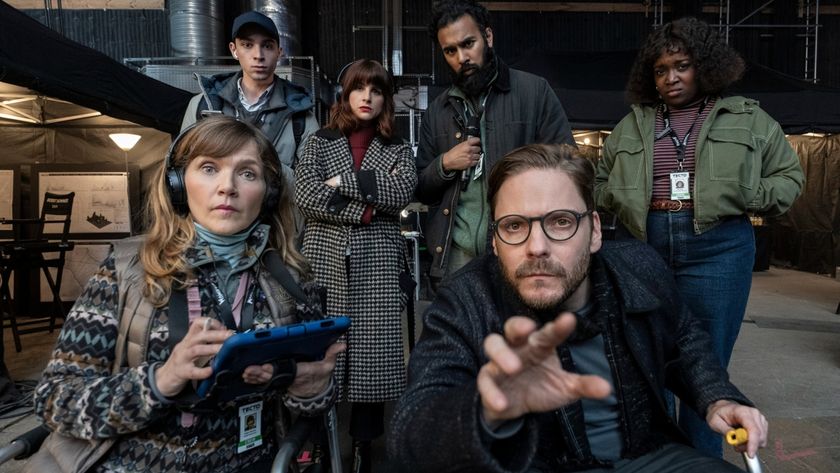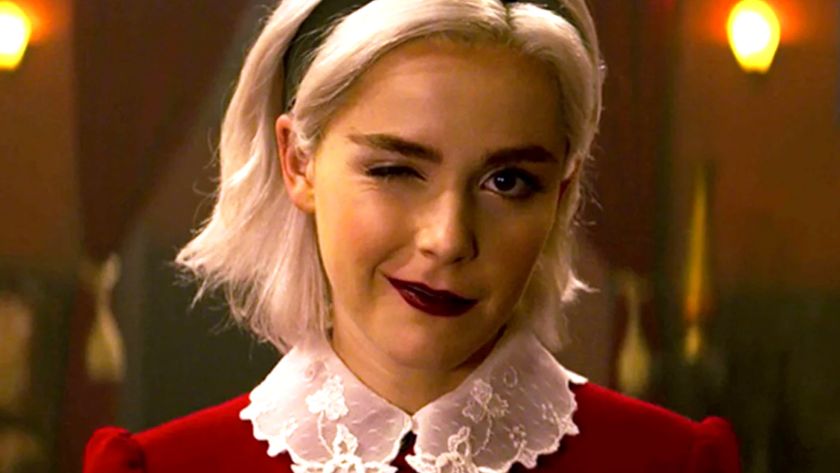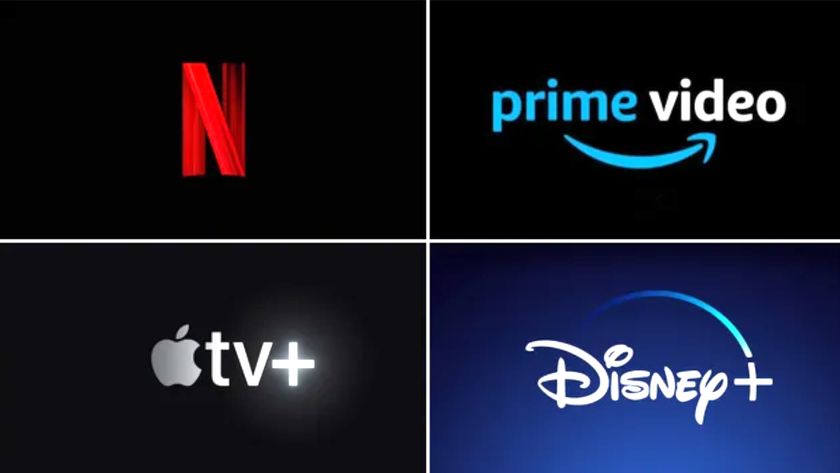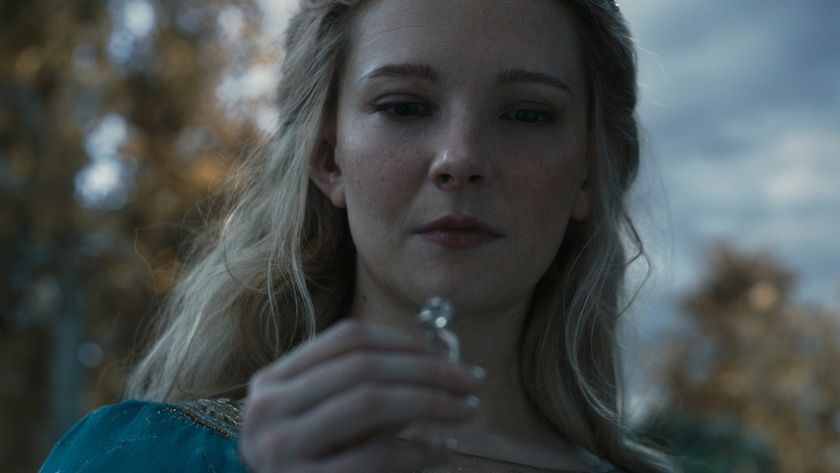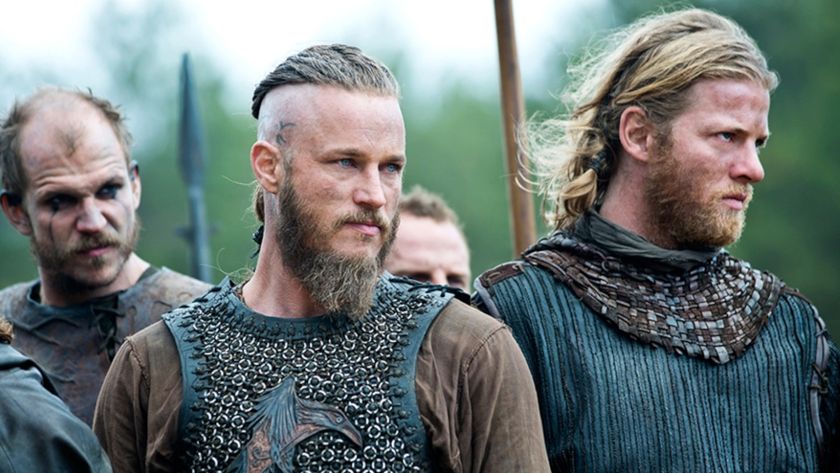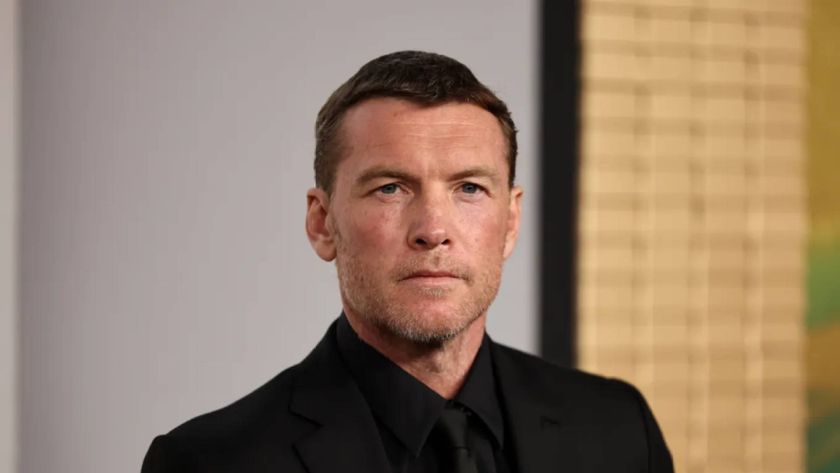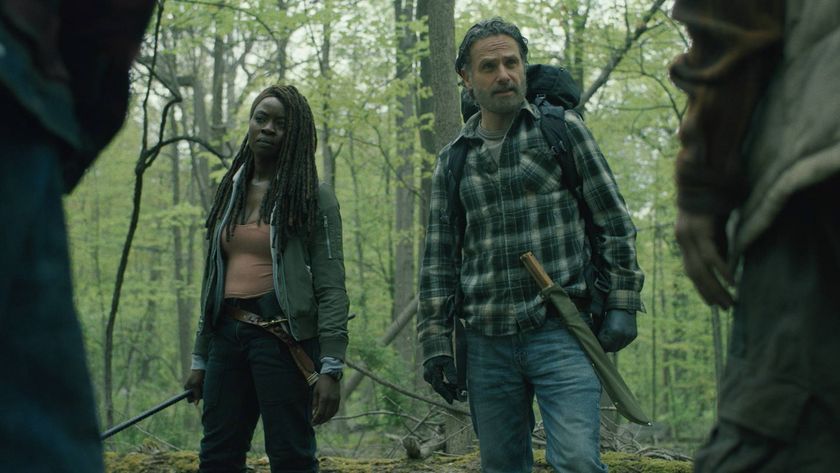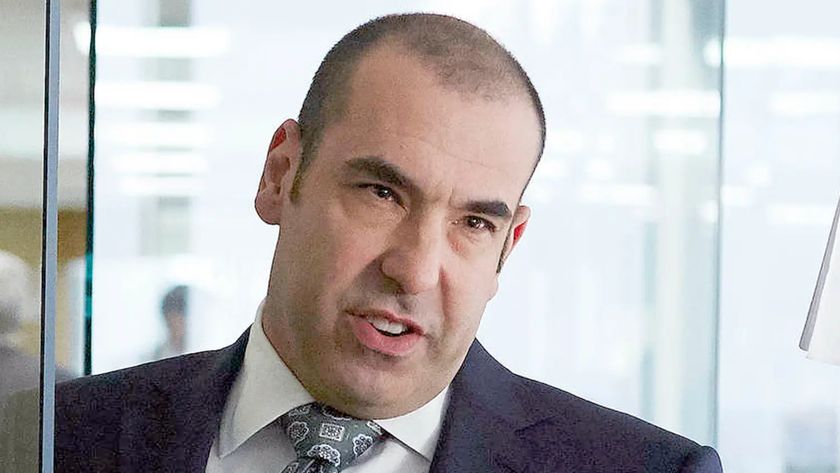Netflix cancellations: Why certain shows are scrapped and the fans' fight to save them
Hunger strikes and Twitter flashmobs: Inside the quest to revive Netflix's canceled shows

Netflix, more than ever, continues to dominate the streaming conversation. But what about the shows that aren't so widely talked about? For every Bridgerton, there's The OA, and with every Queen's Gambit-style success story, there's a Tuca & Bertie that never got a chance to spread its wings. Even Jupiter’s Legacy, which reached #1 on Netflix, has effectively been canned after just one season.
Cancelations are part and parcel of the streaming business. Some are dispatched after a season or two, while others have a considerably longer shelf life. In fact, Netflix has cancelled close to 100 shows and counting. Everything from sci-fi to serials, dramas to animated comedies, have all fallen by the wayside. However, no matter your tastes, there is one thing that binds the death of a beloved show on Netflix: the subculture of fans who continually picket Netflix in the faint hopes of a renewal.
Look under any Netflix tweet – honestly, look now, I'll wait – and you'll see a wave of fancams, GIFs, and passionate fanbases aching for Netflix to recognize their attempts to get certain shows back streaming once more. The likes of The Society, Chilling Adventures of Sabrina, and Anne With an E (which was co-produced with CBC) have all fallen under the spotlight of disgruntled fans in recent years. But why do they continue to press the issue?
Lisa, the head of the Anne With an E Fan Projects group, explains why that fire still burns strongly at the heart of several fan-led communities. "Our love of the show, combined with the frustration over it being ended before its time, plus the fact we were getting ignored by the networks, was the perfect recipe for a very large number of fans who didn't want to take the premature ending of the show without a whole lot of pushback," she tells 12DOVE, getting to the crux of why so many groups continue to stick around.

Their methods of action are as wide as they are eye-opening. Pre-Covid, fan groups have organized everything from meetups to billboards ("We had large billboards up twice in Toronto and once in New York City," Lisa says). Online, they range from petitions – over a million people have signed one to get Anne With an E renewed – to Twitter flashmobs, a user-led approach that often sees one ringleader direct people to spam hashtags under corporate and official accounts.
A cursory glance at these Twitter accounts suggests a mob mentality, a ravenous desire to get things done in scattershot fashion. You’re likely to see hundreds of fans post the same phrase to get it trending and hope the shot-callers, somewhere, somehow, can get the ball rolling.
Save our shows

#SaveTheOA is among the principal groups hoping to get its show revived. One figure in that community, Emperial Young, even went as far as going on a hunger strike outside of Netflix’s HQ in Hollywood. While the protest was unsuccessful and the fate of The OA is still in limbo, Young’s words on Twitter post-hunger strike still resonate with so many: “That sends the message, this show is important,” she said of her four-week period in L.A., which included a 13-day stint without eating. “People will remember this cancellation for years to come. It will be news when it returns.”
Sign up for the Total Film Newsletter
Bringing all the latest movie news, features, and reviews to your inbox
Members of the #SaveTheOA group echo Young’s words while speaking to 12DOVE, praising the show’s message of togetherness. "It encouraged community, understanding, and the strength of people coming together as a family," the group says. "In a time where we have been further divided by politics, gender, disability, and LGBTQIA+ discrimination, The OA brought together a community of people who shared the same hopeful optimism that one day we will break the… mold and do better."
The symbiotic nature of fans and their dedication to shows – think Community’s neverending #SixSeasonsAndAMovie gag that could ultimately bear fruit with a big-budget production – is nothing new. But the ways in which fans can make their voices heard are changing and becoming more prevalent thanks to social media. The biggest success story so far is undoubtedly Zack Snyder’s Justice League’s grassroots campaign.
Across several years, fans cried out for Snyder’s original vision for the superhero ensemble, a version of the movie refined and restored after Joss Whedon heavily tempered with the 2017 theatrical release. Common logic dictates that a similar campaign should work again (and indeed, Snyder fans are calling on Warner Bros. to #RestoreTheSnyderVerse, hoping the studio will make Justice League sequels in line with the director’s vision).

Back to the cinema! The biggest features on the best movies coming in 2021
Netflix, though, show little sign of ever responding to fans. Indeed, the pleas of thousands are falling on deaf ears. “Netflix has never directly addressed us or our campaign,” Lisa concedes, and the strike rate for revival successes is poor. However, there has been one major revival.
Sense8, like Zack Snyder’s Justice League, is a guiding star for many. The Wachowskis’ sci-fi series was canceled after two seasons before being belatedly brought back for a two-hour finale. Speaking to the Radio Times for a rare interview in 2018, Netflix vice president Cindy Holland confirmed the show was ditched for "audience size and budget" reasons, though brought back to provide closure. "We were gratified to see so much fan love, and we were happy to be able to support what I think all the fans around the world will agree is going to be a fantastic, fitting conclusion for it," she said at the time.
What may seem odd is that the streamer has revived flagging shows from other networks, taking them off the scrapheap and imbuing them with a new lease of life. The past decade has seen Netflix pick up Arrested Development and Lucifer for latter-day revivals. Belated comeback suggestions, such as Hannibal season 4, have also been floating around for some time.
It’s a cost-effective way of bringing an already established fanbase to the streamer with minimal fuss. In recent years, the libraries of shows such as Friends, Breaking Bad, and The Office have been big hits for Netflix without the headache of production. However, with more of these shows moving to other streamers like HBO Max, Peacock, and Disney Plus, there’s a greater need to produce original content.
Netflix, then, must spend its money wisely. One series that was seemingly destined for continued greatness was GLOW. However, according to Deadline, the wrestling series pushed its budget too far when filming on season 4 was set to start during the COVID pandemic. The series was cancelled.
Cost is king for Netflix judging by the one-two combo of industry sources and Netflix’s official line. The numbers can be eye-watering. The Guardian reported that Netflix spent $1 billion dollars on UK-based productions alone in 2020. Projects such as Jupiter’s Legacy came bundled with a budget north of $200m.
The numbers required are staggering: Lupin hit over 70 million households, and Cobra Kai (as a lower baseline) neared 50 million in the first 28 days of streaming. It’s not always sustainable, as much as fans want to see ‘their’ shows continue for years to come, unless a show is wildly popular. When looking at the numbers and the sheer amount on offer, an uncomfortable truth remains: demands for continual content 365 days a year means a serious return of investment is required, and the hit rate is going to be fairly low across the board.
The rising cost of television

If Netflix’s plan of action is to mine nostalgia for ready-made shows, it’s odd that it hasn't taken a similar approach to its own scuttled content. Surely the success of the Snyder Cut and the Sense8 finale show that listening to a rabid fanbase and occasionally throwing the audience a bone can have big benefits?
Snyder, curiously, also offers a unique window into Netflix’s way of thinking. For Army of the Dead, the director’s position as a made man in the industry made things far easier. "I had one meeting with Netflix and they were like ‘Yep, of course, make it immediately’," he said. That seems to indicate a creator-lead nirvana, free of studio constraints and confines.
The reality, as evidenced by the dozens of shows that will never see a proper ending, is one of favoring outstanding achievement on Netflix or achievement elsewhere. If Snyder hadn’t made his name at Warner Bros, there’s every chance Netflix would be less willing to help foster a new franchise that already has two prequel projects set for 2021. Any more Army of the Dead content will no doubt rely on the movie being a proven success.
It’s worth noting that Netflix has started prioritizing auteur-led marquee projects – such as Ryan Murphy’s multi-show deal (including The Politician, Halston, Hollywood, and Ratchet) to Noah Baumbach’s first-look film deal (The Meyerowitz Stories, Marriage Story). New movies and shows from big names, after all, often make more of an impact than a returning series.
Take, for example, something as big as Stranger Things: the show’s fourth season will only have as many, or fewer, viewers than Stranger Things season 3, and someone wants to get into Stranger Things when the new season arrives, they have to commit to the three seasons that are already out there. However, Netflix announces a new show from a big name director, that project is more likely to win new subscribers not previously tempted by what’s already on the streamer.
Netflix therefore puts an emphasis on the new and flashy, using established names and entities, instead of keeping homegrown shows going. Additional seasons can also lead to production costs spiraling, with actor’s contracts often renegotiated between seasons, meaning any extra seasons cost even more – there’s a reason Rege Jean-Page, despite being offered $50,000 per episode, won’t return for Bridgerton season 2. Luckily, the Shondaland show doesn’t need him to continue. The costs continue to rise. Enders Analysis analyst Tom Harrington told IGN shows "are more expensive after season two and even more expensive after season three, with the premiums going up each season."
"Many of us have made life-long friends from this experience. So, in that sense yes, I think it was successful"
With all that to consider, it’s perhaps no surprise that certain shows don’t continue. However, fanbases won’t let their favorite shows fade away quietly.
"In short, no," Lisa says when asked whether the fight to bring Anne With an E back will be successful. "The show didn't get renewed and we essentially got ignored, but we knew this was likely given the beast that we were up against."
That air of resignation doesn’t last long. Anne With an E – and countless other shows on Netflix – may be gone, but in its place is something far stronger. Through the hunger strikes, fan-led hashtag bombs, picketing, handing out leaflets, and pooling together money for billboards, they still have each other – and the connection of a show that brought them together.
"Many of us have made life-long friends from this experience. So, in that sense yes, I think it was successful," Lisa reflects. "We've also gotten countless new people to watch the show, so at the very least we brought new sets of eyes to the show that we all loved so much."
Netflix’s model remains steadfast: spend, spend, spend – and then only back the shows that are truly moving the needle. Fan voices may never truly be heard but, at the very least, the sense of camaraderie and community is wonderfully, continually, at odds with Netflix’s brutal chop-and-change culture. That’s something to be celebrated.
I'm the Senior Entertainment Writer here at 12DOVE, focusing on news, features, and interviews with some of the biggest names in film and TV. On-site, you'll find me marveling at Marvel and providing analysis and room temperature takes on the newest films, Star Wars and, of course, anime. Outside of GR, I love getting lost in a good 100-hour JRPG, Warzone, and kicking back on the (virtual) field with Football Manager. My work has also been featured in OPM, FourFourTwo, and Game Revolution.
